December 7, 2022
2023 BMW M4 CSL - the Return of the CSL Legend
After a seventeen year hiatus, BMW finally released another CSL branded special edition model in July of this year. BMW has only bestowed the Coupe Sport Leichtbau (lightweight) badge to three models - first, the modified E9 CS of the Seventies, second, the E46 M3 of the early 2000’s, and now, the 2023 G82 M4. These rare birds were, and are now, highly praised track artillery. We thought we’d take a look at what it is about the E46 M3 CSL that still has enthusiasts bowing their heads in praise of it, and what the Bavarian hegemon did with the M4 to top that after seventeen years of automotive tech development.
With BMW’s first CSL, released in 1972, they had adapted their flagship coupe, the 3.0CS, to make it eligible for racing in the European Touring Car Championship. The 3.0CSL achieved “leicht” lightweight status with a thin steel body, aluminium alloy for the doors, hood, and trunk lid, and Perspex thermoplastic windows. The engine stroke was lengthened, and aerodynamics were improved with the addition of a large air dam, fender fins, a roof spoiler, and a rear wing.
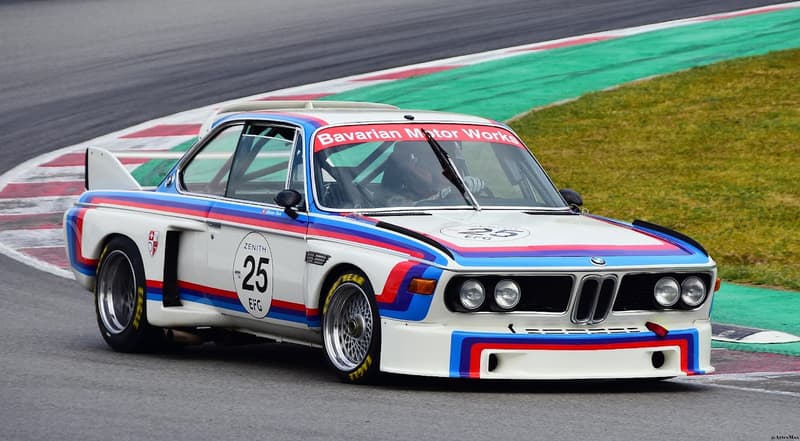
The E46 M3 CSL was an embodiment of all that motorsport had on offer in 2003. A legend so highly regarded that a 4,698 km example recently sold for €325.6k euros at Sotheby’s in their November Munich auction. Just 1,383 were made in total from June to December of 2003, with two colour options available; Silver Grey Metallic and Sapphire Black. For the first time, BMW installed a visible carbon fibre roof, weight saving technology that would become a mainstay of the M car modus operandi. With a carbon roof, door cards, and centre console, along with composite materials used for the rear diffuser, front apron, and intake manifold, as well as an aluminium bonnet, and thin rear window glass, the E46 CSL shed 110 kg to achieve a power-to-weight ratio of 3.6 kilograms per hp (vs the regular M3 with 4.3 kg/hp).
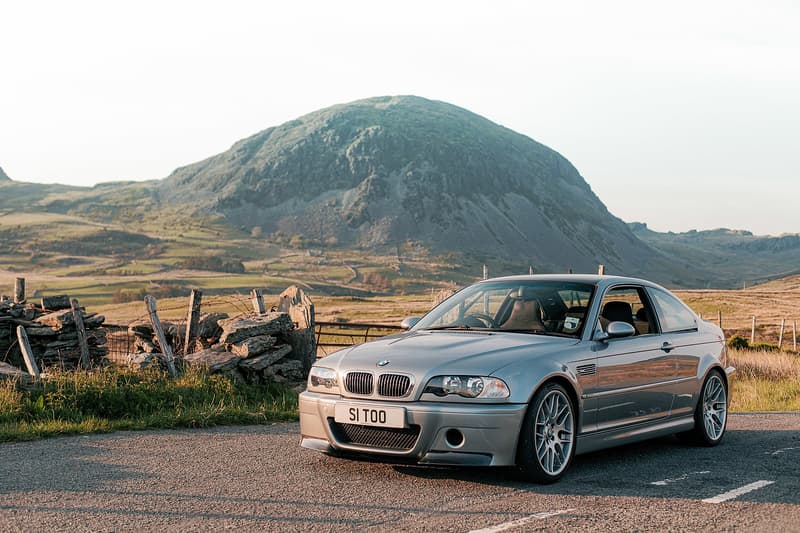
Other distinguishing features include the chequered flag door sills, a curved carbon fibre trunk lid, and a single porthole on the drivers side of the front apron which feeds oxygen to the engine through an enlarged intake air duct.
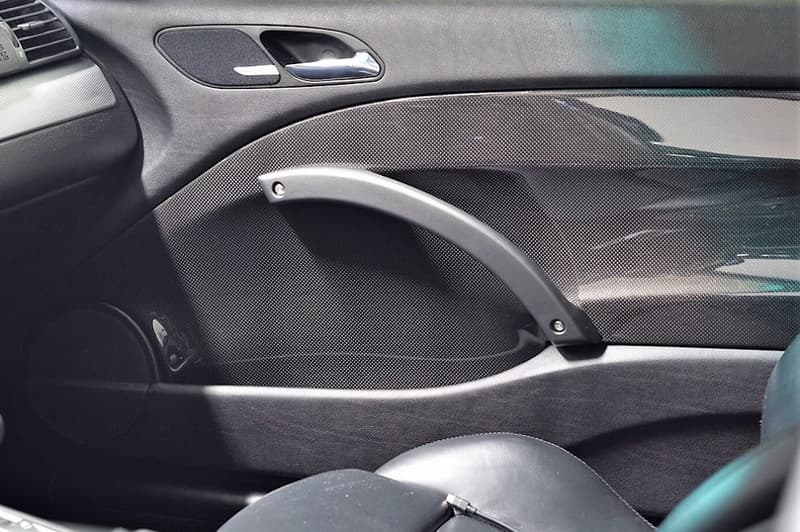
The M3 CSL was equipped with a high performance version of BMW’s stalwart S54B32 inline-six. With modified camshafts and valves, the S54B32HP generated 360 horsepower and 273 lb-ft of torque. With a lightweight carbon fibre airbox and thin-walled dual exhaust, this CSL engine gained swathes of admirers for the sharp metallic rasp of its engine note.
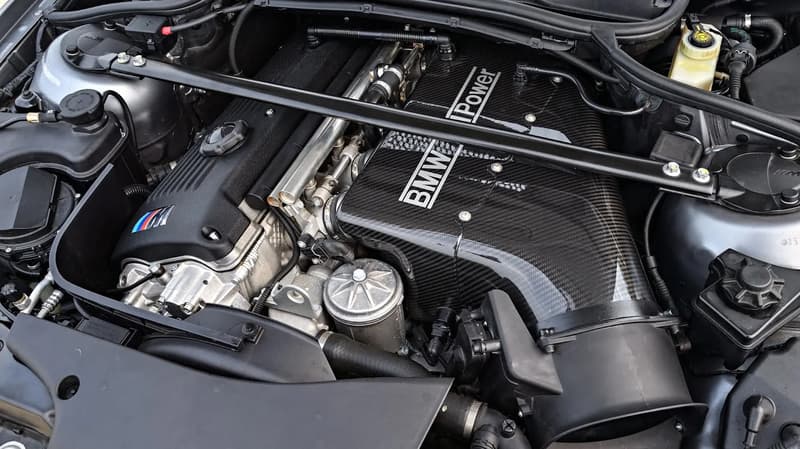
Optimised handling was achieved with a low centre of gravity, shorter springs on the front struts, increased front and rear camber, and a widened track width due to the 0.5” wider wheels unique to the CSL. Shifts were managed by an SMG II 6-speed automatic transmission with drivelogic, which allows the driver to select how long the gears are held while accelerating, and how fast the gears change. However, it was controversial not to release a manual option.
With the new M4 CSL, BMW has answered the call sounded by the Porsche 911 GT3 and the news of the upcoming release of the Mercedes AMG C63 S E-Performance. Only 1000 examples of the M4 were released to a CSL-starved public.
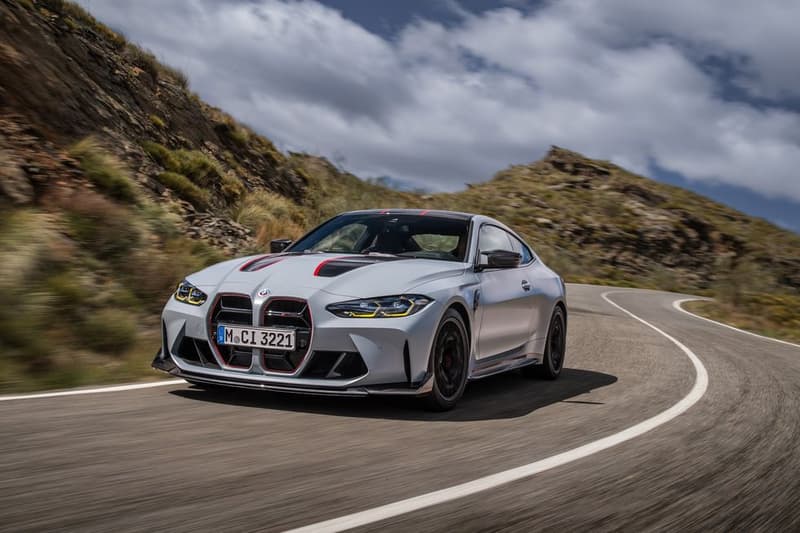
Relieved of a back seat and 24 lbs of sound-deadening material, and gifted with a titanium exhaust and the characteristic carbon fibre hood, as well as carbon fibre seats, the CSL is 190 lbs lighter than the base M4. After all this, if the E46 M3 was a raspy symphony, the M4 is an immersive ultrasonic experience.

BMW opted again to lower the ride height, and stiffened the suspension, allowing the 543 hp and 479 lb-ft of torque in the high performance 3.0-liter twin-turbo straight-six engine to more directly interact with the road, with a zero-to-60 mph of 3.3 seconds. The M4 engine is intercooled with dual overhead cams and 4 valves per cylinder, with an aluminium block and head, and direct fuel injection. It’s paired with an 8-speed ZF automatic transmission and has a top speed of 307 km/hr.
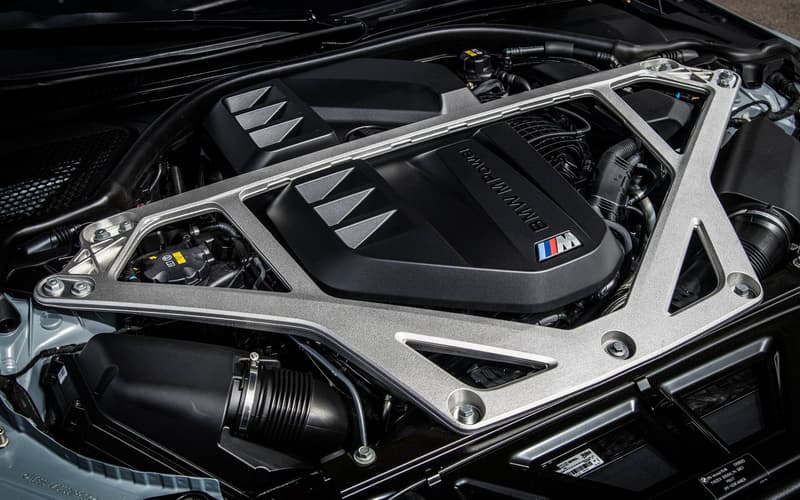
The exterior design is undeniably track-ready, with a carbon fibre splitter and aggressively angled front fascia, red racing stripes, and animalistic tail lights. Inside, red and grey microsuede, red stitching, carbon fibre, and digital displays abound. Picking up where Drivelogic left off, there are endless customizable options; driving modes, shift speeds, chassis comfort levels, steering agility, brake response - all are a testament to how far the BMW brand has come.
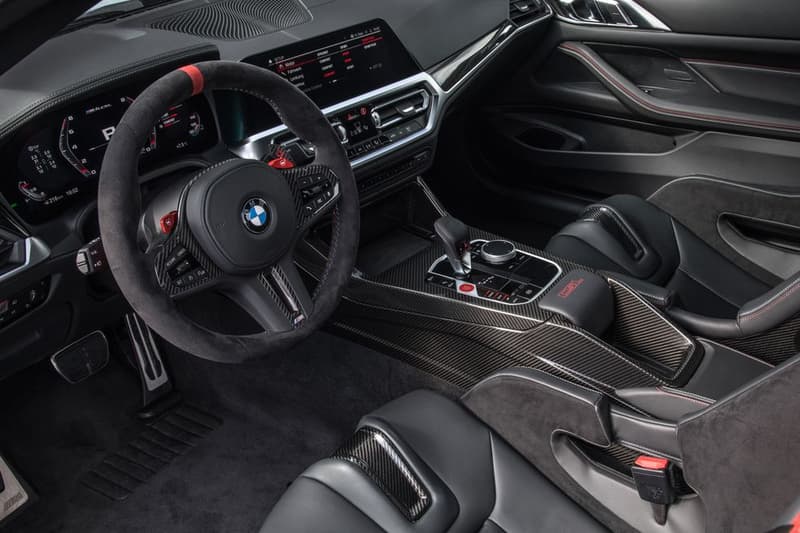
Still, some purists argue that the E46 is the more enjoyable car, pointing to the character and linearity of the naturally aspirated S54 engine. But of course the fast, smooth shifts of the 8-speed ZF gearbox, colossal carbon ceramic brakes, and 543 horsepower in the M4 are pretty unassailable.
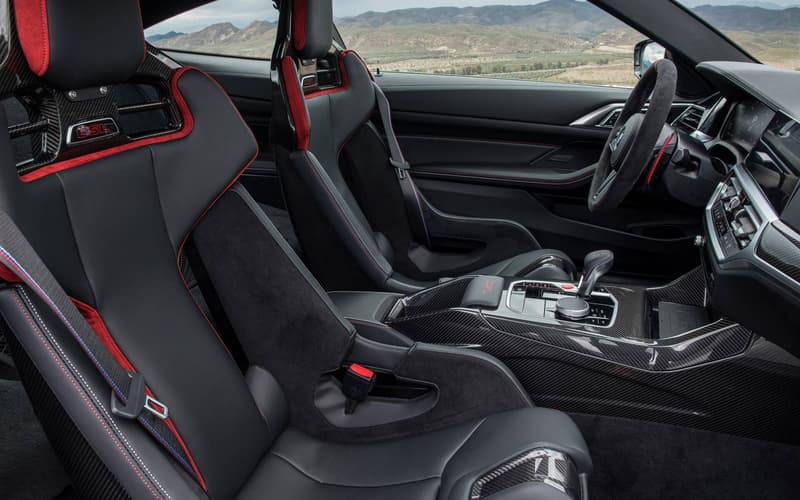
Comparing the two, the impression left is of BMW’s unrivalled ability to create a timeless competition classic with an easy claim to perfection.
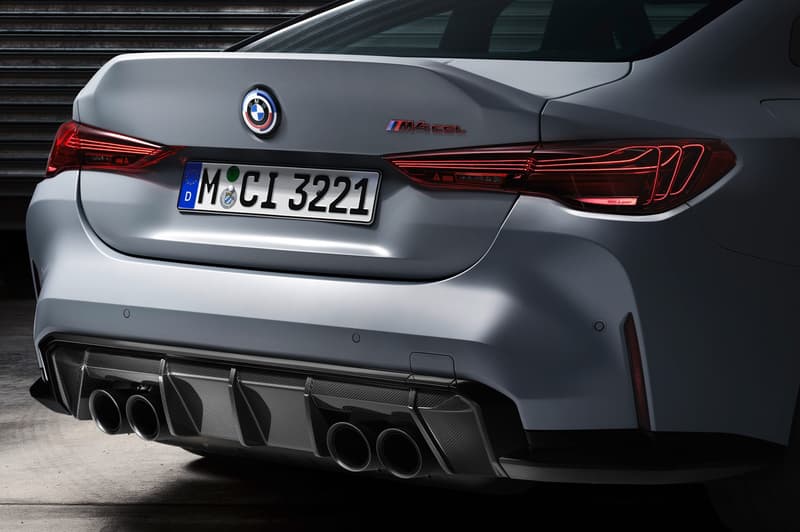
- RA



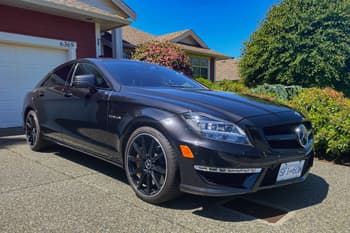
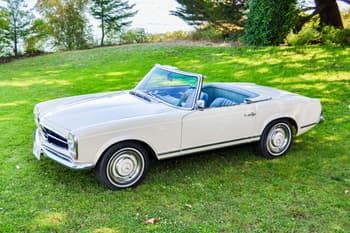
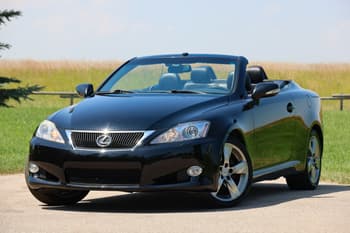
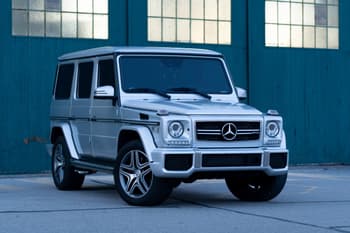
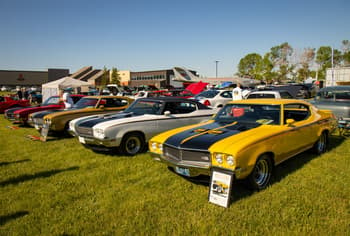


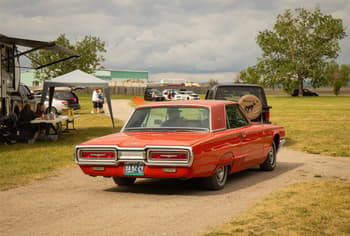


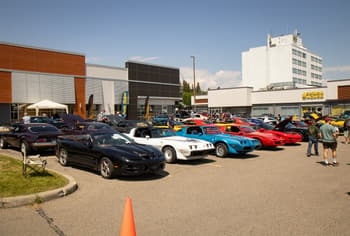
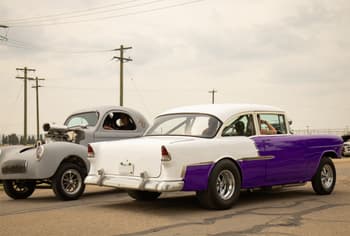
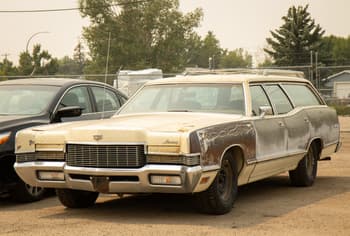


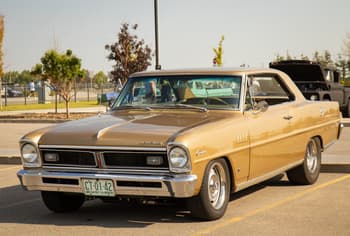

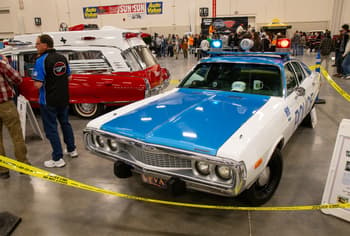

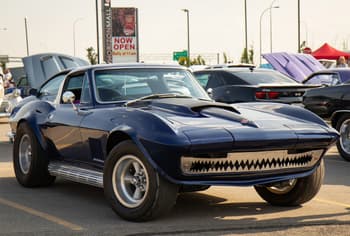
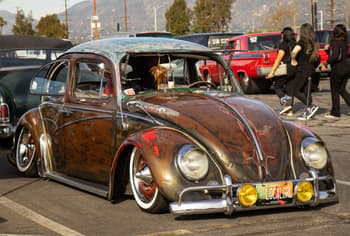
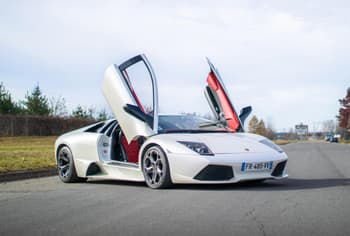
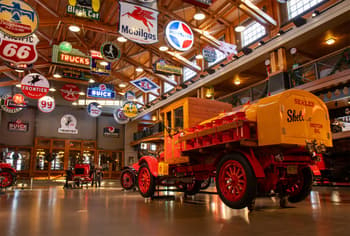
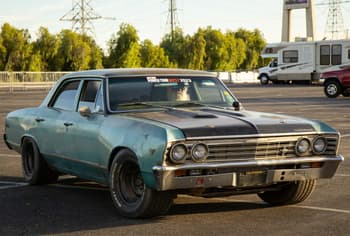

 Back to Login page
Back to Login page